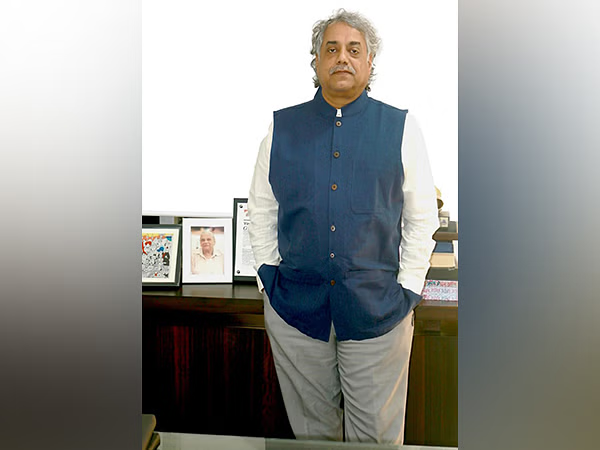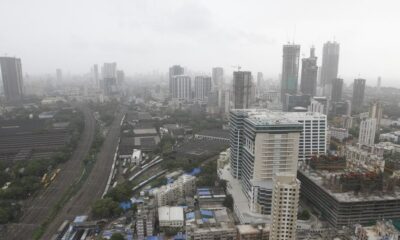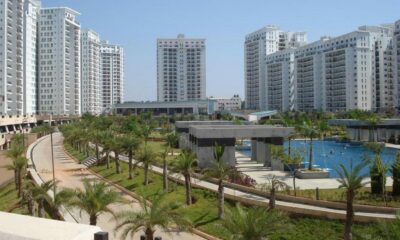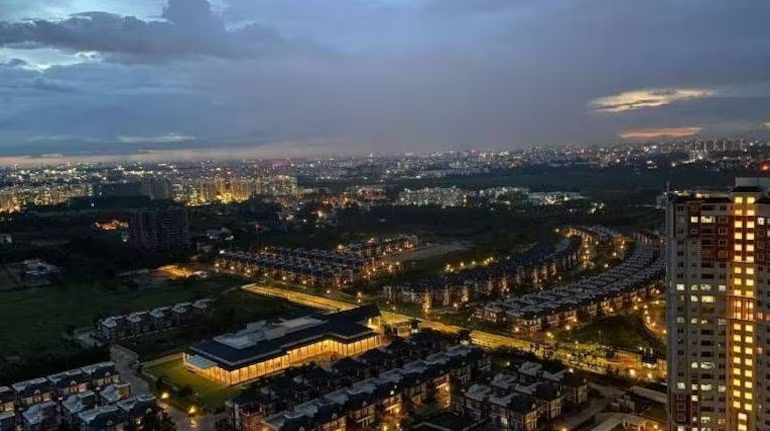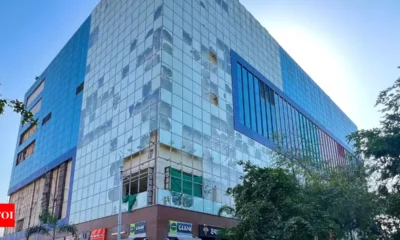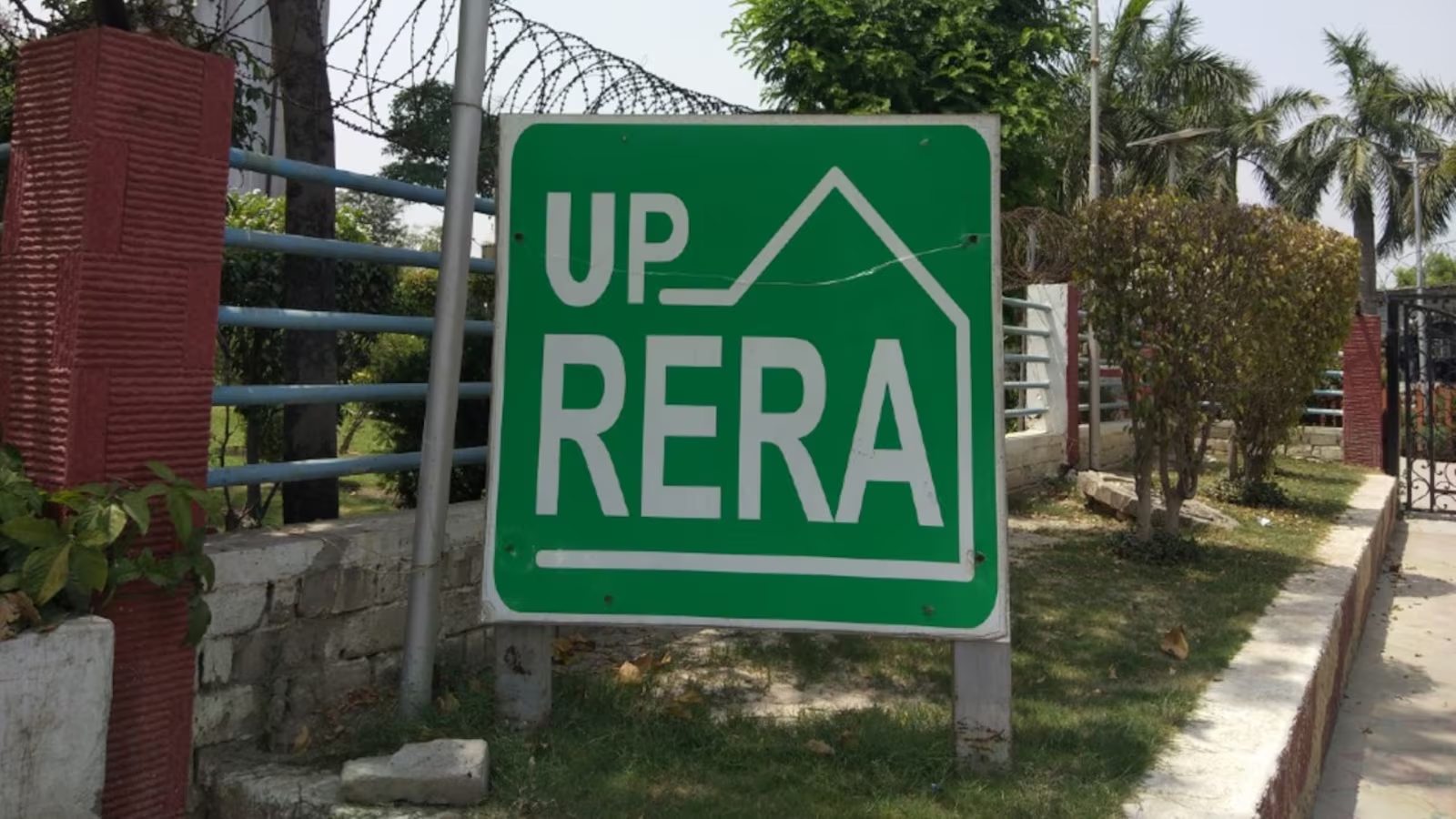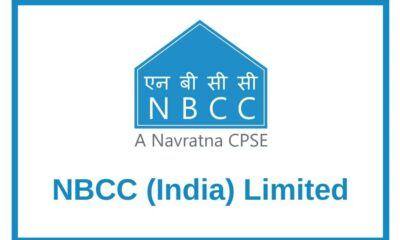Guest Column
Economic impacts on realty in 2020 and ’21


The Indian Economy in 2020
The economic contraction of 23.9% in Q1 FY’21 was among the worst in the history of independent India. The COVID-19 outbreak had shattered the economy and disturbed the raw material supply chains, EXIM, and investments. The predictions for the future were grim in Q1 FY’21 and it looked like the recovery would take a few years.
However, the second quarter ushered in a flush of optimism for the businesses, Government, and financial markets which resulted in the contraction to reduce significantly to 7.5% in Q2 FY’21. This was better than the global average of the contraction of 12.4%, according to an analysis of 49 economies by the State Bank of India.
The manufacturing Purchase Manager Index (PMI) was above 50 for the fourth consecutive months as per the data released for Q2 FY’21; the Nomura India Business Resumption Index (NIBRI) reached 89.2 in November 2020, only 11 points lower than pre-Covid-19 levels. Growth in other areas such as foreign direct investment (FDI) and corporate bond market inflows point to strong investor faith in the Indian economy’s resilience.
This recovery statement has been buoyed by the Government of India’s frequent policy interventions since the outbreak of the pandemic and the lockdown in the country in March 2020. Infusion of nearly INR 20 lakh Crore (10% of India’s GDP) through the various stimulus packages kept the economy going.
Regeneration of demand by a focus on new employment schemes for the formal sector workforce also helped the economic recovery. The unemployment levels are currently on a decline with an unemployment rate at 6.7% for September, lower than the pre-COVID-19 level of 7.6% in February.
A 100% credit guarantee to stressed sectors and production-linked incentives to the tune of INR 1.46 lakh Crore provided a fillip to the manufacturing sector and paved the way for long-term economic benefits. Most market experts have corrected their forecasts positively. While the Indian economy is likely to contract in FY’21, the revised data is encouraging, with a predicted growth in the range of -6.4% to -10.6%
The threat of the new strain of the virus and subsequent lockdowns, as witnessed in Europe, may alter the path of recovery if India is impacted. The resilience witnessed so far, and the efforts deployed in containing the virus and reviving the economy, may suffer. The sooner the vaccine is available and the fear of further contagion is allayed, the smoother will be the road to recovery.
Impact on Real Estate
The office, residential and warehousing segments have already depicted signs of recovery. The second half of 2020 witnessed revival in many sectors as the pandemic induced lockdowns were relaxed in phases. The commercial office sector is expected to record a new supply of around 32 Mn Sq ft and a net-absorption of 24 Mn Sq ft in 2020. The residential segment has shown a strong recovery in the second half of the year, with nearly 85,000 units launched across the top seven cities – recording a 2X growth over 1H 2020.
Sales during the second half were recorded at nearly 80,400 units – almost 40% more than the 1H 2020. Despite the stress created by the pandemic, the trend of sales exceeding new launches continued in 2020 as well. The residential real estate segment seems to have bottomed out now. Logistics and warehousing have kept the nation’s economy and lifeline active during the lockdown and was critical in ensuring the supplies of essentials across the country.
Demand for developers has been on the rise, and with many large global corporates evaluating to completely or partially shift their production base from China to India, warehousing requirements are likely to rise further.
2021 looks to be a promising year for the traditional real estate asset classes including commercial office and residential, and also the new-age ones such as warehousing and data centers. Coworking requirements may also rise once the vaccine is available to the larger masses.
Macro Growth Drivers – 2021 and Beyond
Rapid urbanization amidst improving infrastructure has enabled India’s growth over the years. The government plans to invest nearly US$ 1.4 trillion in the next 5 years. This is expected to unlock the potential of many areas and new micro-markets for further economic activities, and also attract foreign investments. The major impetus provided through the stimulus packages for industrial development, particularly among the MSMEs (micro small, and medium enterprises) and the Atmanirbhar Bharat campaign is expected to set the foundation of future growth.
The real estate sector has already benefitted from the multiple reforms introduced in the past. The COVID-19 pandemic has dampened growth, but the real estate sector has nevertheless proved its resilience. Rising employment in the future is expected to further the demand for real estate across all asset classes. The record-low interest rates and rising per capita income have provided an affordability ratio of 26% – the lowest in the last two decades.
Consolidation among the developers wherein the most capable ones with a consistent track record of execution, fiscal discipline, transparency, and corporate governance, will gain the majority of the market share and thrive. The ability to scale up and adapt to the changing market forces through investments in research and advisory will help to fortify the real estate sector in the coming years.
Having said this, it remains to be seen as to how the Government tackles the vaccination of a large nation like India considering that the vaccine is still not available here and the storage and distribution infrastructure is being yet developed.
2020’s Housing Recovery
2020 was a tough and unprecedented year for the Indian residential real estate sector. However, the government appropriately stimulated the economy and the sector. Developers and other stakeholders of the Indian residential real estate sector also adjusted to the changing market conditions. The year clocked 1.28 lakh unit launches for 2020, a 46% decline from 2019, and 1.38 lakh unit sales, a 47% decline from 2019.
While the unsold inventory declined only 2% from the previous year, it registered a 19% decline from the previous peak of 2016. The Indian residential real estate market seems to have bottomed out in 2020 and is looking up for the next year.
Impact on Housing Prices
While business activity improved in the second half of 2020, prices remained largely stable across the top 7 cities of India as compared to the previous year. Considering that Q2 CY2020 was a watershed quarter, developers were looking to make up for the lost time as the cities opened up post the lockdown imposed at end of March. At this stage, the homebuyers had several properties to choose from and any price hike would have been detrimental for moving inventory.
Despite nearly 85,350 units added across the top 7 cities of India in H2 CY 2020, and only 80,400 units being sold in the same period, unsold inventory declined by 1% from the end of Q1 CY2020 to Q4 CY2020. Developers wisely chose to spur demand by keeping the prices range-bound in a year of crisis like none seen before.
Though prices largely remained stable across the top 7 cities of India when compared to the previous year, developers incentivized homebuyers by offering discounts, freebies, and waivers due to which the sales improved post opening up of the lockdown. The series of repo rate reductions initiated by the government also improved the loan affordability for homebuyers, and many fence-sitters sprang into action.
Key cities in Maharashtra – MMR and Pune – benefitted significantly from the stamp duty reduction by the Government. During H2 CY 2020, MMR recorded sales of around 26,800 units and Pune sold nearly 14,100 units. The sales concluded in both the cities in H2 CY 2020 were 1.5 times of H1 CY 2020. Maharashtra – a city driven by large end-user demand emanating from IT-ITeS professionals – sold around 13,300 units in H2 CY2020 (1.1 times of H1 CY 2020).
In fact, residential real estate prices have remained range-bound for the past few years as the sector traversed the transformation journey spurred by structural reforms and policy changes initiated since 2016. Even if we consider a longer time duration, the average prices across the top 7 cities of India have appreciated only 25-30% between 2012 to 2020. The down cycle for Indian residential real estate has been a long one.
Since the markets may have bottomed out in 2020, residential real estate prices may witness an improvement from the second half of 2021 as demand improves further and the vaccination drive against the COVID-19 virus picks up pace.
Also, considering that the raw material prices including cement and steel are rising in India, developers will have to increase the property rates to remain relevant in the business. However, as we kick off in 2021, they will continue to remain cautious and focus on increasing the sales volumes rather than hiking prices.
Endnote
2020 was full of surprises – but, at least for the real estate sector, not all of them were unpleasant. We are now looking at the possibility of a holistic recovery cycle taking hold in 2021 and beyond. Considering that the COVID-19 epidemic has yet to be effectively contained as we close out 2020, there are still many unknowns. However, we do know that the various pessimistic predictions which were rolled out for the housing sector at the onset of the pandemic were largely unfounded.
We have every reason to look to 2021 with real hope and optimism – and with renewed confidence in the strong fundamentals that drive the Indian housing story.
-



 News3 weeks ago
News3 weeks agoKW Delhi 6 Mall Onboards New Brands
-



 News4 weeks ago
News4 weeks agoManasum Senior Living Launches IKIGAI GOA, A Senior Living Community in North Goa, in collaboration with Prescon Homes
-



 News2 weeks ago
News2 weeks agoGodrej Properties Sells Rs 3k cr+ Homes of Godrej Zenith, Gurugram, within 3 days
-



 News4 weeks ago
News4 weeks agoBridging India Divide: Top 5 Tier- 2 Cities to Focus On
-



 News3 weeks ago
News3 weeks agoCommercial Realty Gets Tech Savvy: Fast Construction, Enhanced Convenience
-



 News4 weeks ago
News4 weeks agoMultipoint Connection – A Definite Boon
-



 News3 weeks ago
News3 weeks agoRBI’s Status Quo on Key Policy Rates to Help Maintain the Real Estate Growth Momentum, Say Industry Stalwarts
-



 News1 week ago
News1 week agoOlive Announces Dhruv Kalro as Co-Founder







